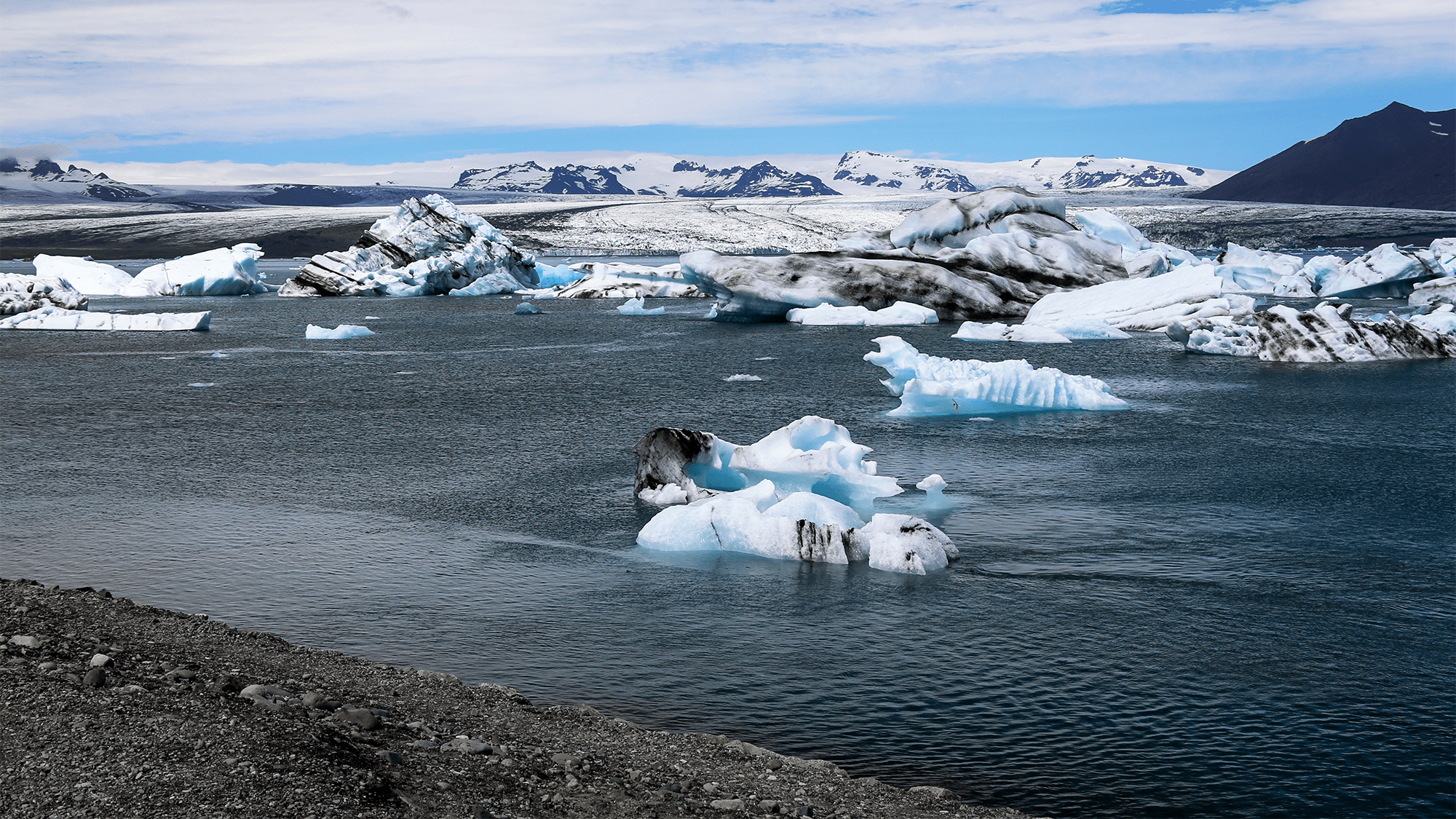

Within the next five years, the planet is 66 percent likely to reach 2.7°F (1.5°C ) of warming according to a jarring new update from the World Meteorological Organization (WMO). 2.7°F is the internationally accepted global temperature threshold for limiting the worst effects of climate change.
[Related: For marine life to survive, we must cut carbon emissions.]
The WMO forecasts that global temperatures are expected to surge to record levels fueled by heat trapping gasses and a naturally occurring El Niño event. The organization also predicts that the annual average near-surface temperature will be over the threshold for at least one year between 2023 and 2027.
The 2015 Paris climate agreement set 2.7°F as a guardrail against increasingly dangerous atmospheric warming, and over 100 countries including the United States, Argentina, China, and Egypt, pledged to prevent long-term warming if possible. A special United Nations report from 2018 said going past this point would be dangerous and lead to significantly more death, destruction, and damage to global ecosystems.
According to the WMO, these new findings do not mean that Earth will permanently exceed the 2.7°F level that was specified in the Paris Agreement. The organization believes that the jump would be a temporary, and is not as worrisome as the agreed-upon climate danger point.
“A warming El Niño is expected to develop in the coming months and this will combine with human-induced climate change to push global temperatures into uncharted territory. This will have far-reaching repercussions for health, food security, water management and the environment. We need to be prepared,” WMO Secretary-General Petteri Taalas said in a statement.
Scientists believe that there is a 62 percent chance that an El Niño will develop by the end of this year. El Niño is a natural part of an oscillating weather system that develops in the Pacific Ocean. Earth has been in a rare “triple dip” of the opposing phase called La Niña for the past three years. La Niña typically has had a dampening effect on temperature increases around the world. With the new El Niño developing, there is a 98 percent chance that at least one of the next five years will be the hottest on record, according to the WMO.
Warming in the arctic is also disproportionately high. This region heats much faster than the rest of the world, largely because as sea ice melts, solar radiation can no longer be reflected back and the heat is absorbed. This rapid warming is affecting global weather patterns and the jet stream.
[Related: The past 8 years have been the hottest on human record, according to new report.]
Reaching this point, even just for a single year, would represent an acceleration of human impacts on the global climate system and send the world into “uncharted territory,” since average surface temperatures have never breached the threshold in recorded history. The highest average in previous years was 2.5 °F (1.28°C) above pre-industrial levels.
Scientists do not believe that the anomaly will occur this year, but the chance of temporarily exceeding this threshold has risen steadily since 2015, when it was close to zero. Between 2017 and 2021, there was only a 10 percent chance of exceeding this target.
“Global mean temperatures are predicted to continue increasing, moving us away further and further away from the climate we are used to,” Leon Hermanson, a Met Office expert scientist who led the report, said in a statement.
